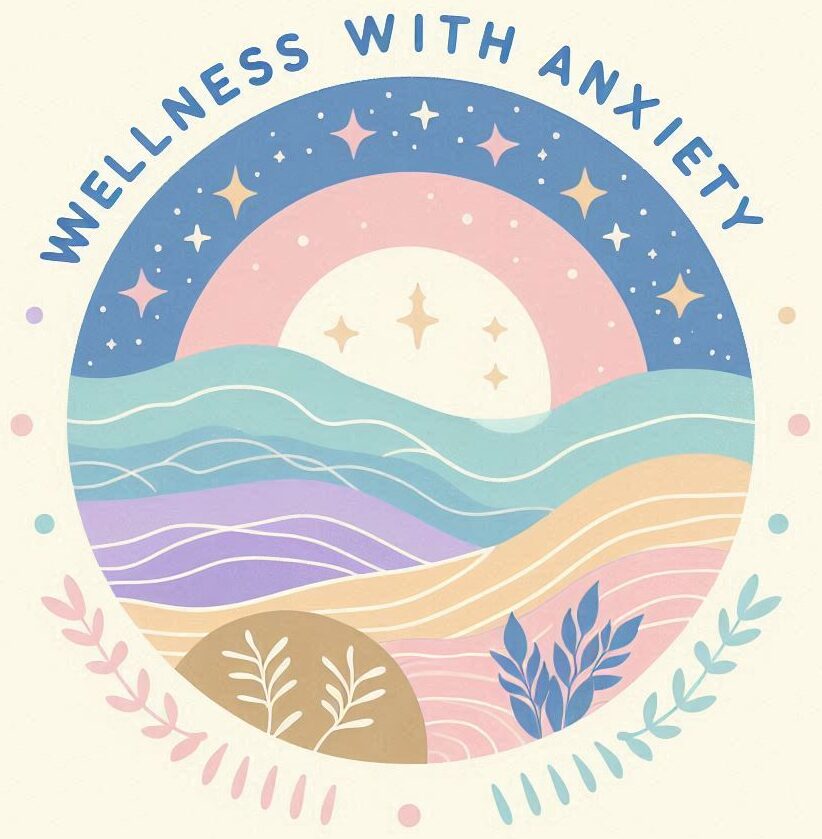 The Difference Between Stress and Anxiety in the Work Environment
The Difference Between Stress and Anxiety in the Work Environment
Stress and anxiety often get lumped together, but they’re not the same thing. While stress is a response to an external cause, like tight deadlines or a massive workload, anxiety is more of an internal battle. It’s a chronic feeling of apprehension even in the absence of a clear threat.
In high-pressure jobs, anxiety disorders can become a real challenge. Many folks who work in intense environments face these issues regularly. It’s like you’re constantly walking a tightrope, managing your duties while dealing with persistent worry or fear.
How to Work with Anxiety
Every person is different, and their experience with anxiety will vary. Some might find relief in meditation or exercise, while others may need professional support. It’s about finding what works best for your unique situation and tweaking your approach as needed.
Balancing a high-stress job with anxiety is not about eliminating either from your life. Instead, it’s about understanding how the two intertwine and finding ways to manage both, making conscious decisions about work-life balance and mental health priorities.
Effective Strategies for Managing Anxiety in a High-Stress Job
 Life in a high-stress job can feel like you’re in a non-stop juggling act. Finding ways to manage anxiety requires a mix of practical strategies and personal tweaks.
Life in a high-stress job can feel like you’re in a non-stop juggling act. Finding ways to manage anxiety requires a mix of practical strategies and personal tweaks.
Building Resilience
One of the best tricks in the book is building resilience. We’re talking about developing a toolbox of coping mechanisms, like breathing exercises, physical activity, or even just stepping away from your desk for a few minutes. Resilience isn’t just about staying strong; it’s about bouncing back.
Meditation & Mindfulness
Mindfulness and meditation are game-changers too. Incorporate them into your daily routine, even if it’s just a few moments in the morning or during a break. These practices help ground you, making it easier to tackle what’s on your plate without feeling overwhelmed.
Consider Therapy
Professional support can’t be overlooked. Therapists or counselors offer tailored advice and tools that might be just what you need. And if therapy’s not your vibe, finding a trusted friend or support group can work wonders.
Explore Possible Work Accommodations
It’s crucial to know where you stand. If anxiety becomes too severe to function at work, explore accommodation options or come up with a plan. Discussing this with your employer can sometimes lead to adjustments that make your work environment more bearable.
Find a Balance
Remember, you don’t have to choose between a demanding job and your mental health. Both can coexist if you find a balance that works for you. Develop a routine that keeps anxiety at bay, and actively seek out support to stay on top of your game.
Evaluating Your Current Job Situation: When is Anxiety a Sign to Move On?
 Juggling work and anxiety isn’t always sustainable.
Juggling work and anxiety isn’t always sustainable.
Sometimes, it’s about understanding when enough is enough. Start by reflecting on what’s crucial to you—both personally and professionally. Do satisfaction and passion outweigh the strain?
Spotting workplace triggers is key.
These might be certain tasks, people, or environments that heighten your anxiety. Recognizing these patterns can help you decide whether changes in your current role could reduce stress.
It’s tough but sometimes asking, ‘Should I quit my job if it gives me anxiety?’ is necessary. Prioritize your mental health when evaluating your situation, considering if a career change could bring the needed peace.
If quitting isn’t feasible, explore alternative paths.
Think job redesign, shifting to a different role within your company, or even considering remote work options that might align better with your well-being.
Planning a career shift doesn’t mean jumping ship immediately.
Map out a transition strategy, consider financial aspects, and seek career coaching if needed. It’s about taking steps that feel right for you and your mental health.
Recognizing and Combating Burnout in High-Pressure Environments
 Burnout vs Stress
Burnout vs Stress
Burnout’s a real kicker and it’s a different beast compared to the occasional bad day at work. It sneaks up when stress turns into exhaustion, cynicism, and inefficacy—like you’re running on fumes and can’t see the road ahead.
Signs of Burnout
It’s key to catch burnout symptoms early. They include feeling drained, changes in sleep habits, and a drop in performance. When work starts to overshadow everything else, it’s time for a reality check.
The Costs of Ignoring Burnout
Ignoring burnout has long-term effects, not just on work but on your overall well-being. It can impact your mood, relationships, and even physical health. And once it spirals, climbing out gets tougher.
Prevention
Preventing this spiral is all about setting boundaries—guarding your time and energy fiercely. Work-life balance isn’t just a buzzword; it’s the foundation for sustainability. Make sure downtime is sacred and technology gets its timeout, too.
Fostering a Supportive Work Environment
Fostering a workplace culture that values mental health makes a huge difference. A supportive environment encourages open conversations about stress and anxiety without fear of stigma. Advocate for this change if it’s missing.
Handling burnout isn’t about quick fixes. It’s about creating a healthy work ecosystem where both responsibilities and personal needs are in harmony. Contribute to a culture that values health just as much as performance.
